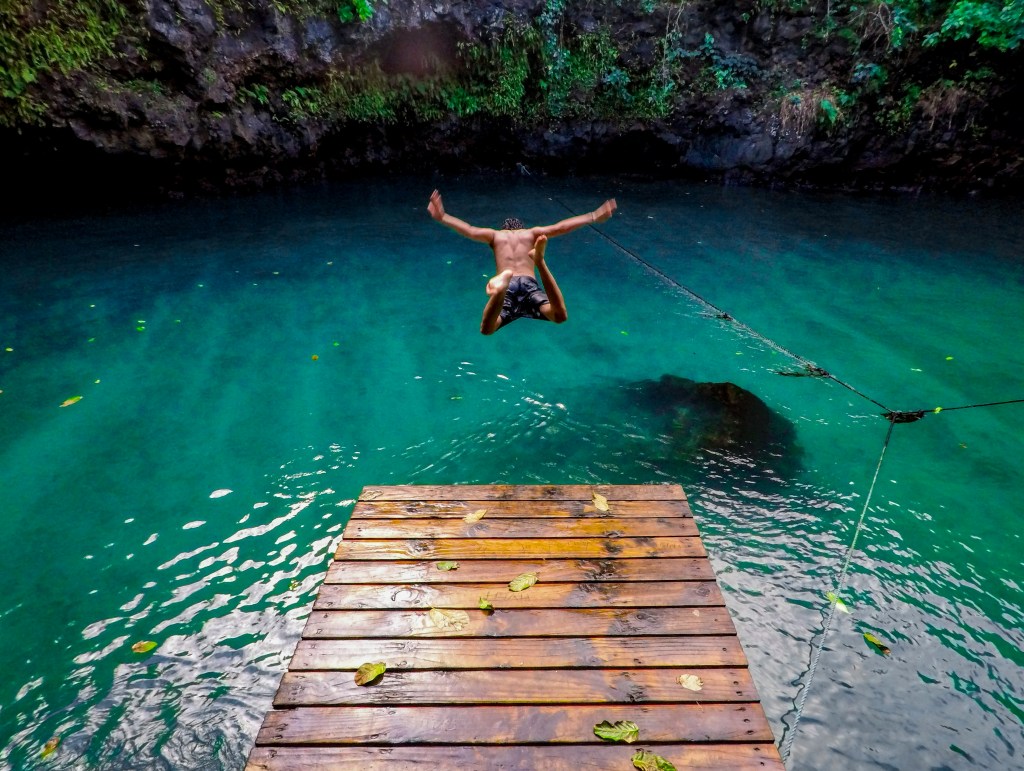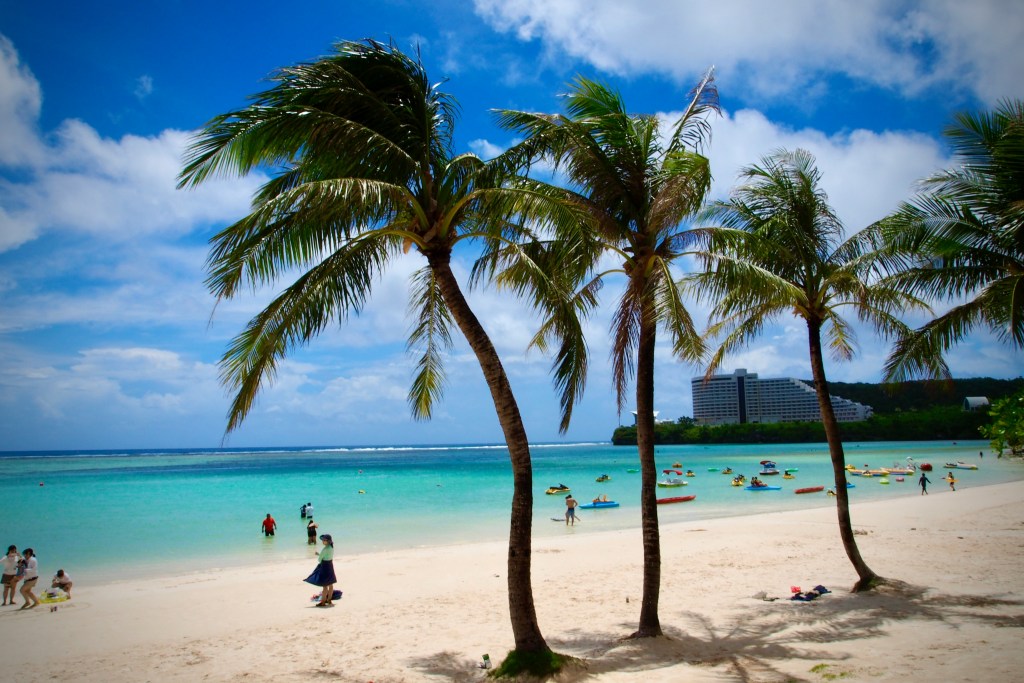Have you ever heard of the Andaman and Nicobar Islands?
This unique Indian territory covers a swath of around 200 islands in the East Indian and Andaman Seas. The islands are similar to the Seychelles; highly tropical, surrounded by colorful reefs, and largely unspoiled.
That unspoiled label is actually quite important for the Andaman region.
While most people (rightfully) imagine the Amazon rainforest as the world’s last vestige of uncontacted tribes, the Andaman Islands are home to two more: the Sentinelese and the Jarawa.
Unlike the other groups of Andanese peoples (including the Nicobarese, Shompen, Onga, and Great Andamanese), the Sentinelese have consistently driven foreigners from the shores of North Sentinel Island, where they live.
The Jarawa have had some contact with the outside world, but regularly fight to maintain autonomy over their native islands.
But the islands that both of these tribes call home aren’t far from civilization.
In fact, North Sentinel Island (home of the uncontacted Sentinelese) is only around 35 nautical miles separated from the capital city of the Andaman and Nicobar Islands territory, Port Blair.
Port Blair sits on the edge of South Andaman Island—and it’s one of India’s most up-and-coming tourist destinations.
Yeah, there’s a lot going on, and we haven’t even gotten to penal colonies yet. Let’s dive in.

Enter Port Blair
Port Blair was established by British colonists in the late 1700s. The idea was to use the islands as a place of exile for troublesome prisoners from the nearby Indian state of Bengal.
A penal colony was quickly set up, followed by a prison (which you can still visit today).
Today, Port Blair serves as the capital of the Andaman Islands, along with the first stop for tourists coming into the area.
This is the home base for most local administrations who work tirelessly to protect the area’s ecology, along with its isolated tribes. As tourism grows, these efforts receive more funding and attention.
But it’s a fine line to tread.
Uncontacted tribes in the Andaman Islands
It’s illegal to visit islands where uncontacted and protected tribes are located—but only the Sentinelese’s home island is regularly guarded against visitors.
This is for two reasons: to protect the tribe from unwanted contact and to protect those who wander onto their shores.
In 2018, an American missionary named John Chau lost his life attempting to make contact with the Sentinelese and convert them. He’s not the first to die after treading on North Sentinel Island, where the tribe lives.
Along with North Sentinel, tribes live on Little Andaman Island, Strait Island, Middle Andaman, Great Nicobar Island, and South Andaman Island, amongst others.
Similar to the Sentinelese, the Jarawa are highly resistant to external influence. Only those with specific permits (not available to tourists) have permission to visit their native islands and interact with them.
But you don’t need to tread on any toes to enjoy Andaman. Multiple islands are open to tourists, allowing you to enjoy unspoiled beaches, along with tribal arts and displays.
Here the best islands for tourists to visit in Andaman, listed with their Hindi names.
Neil Island (Shaheed Dweep)
Throughout the Andamans, you’ll find stunning white sand beaches surrounded by fertile woodlands. From what I’ve seen, the shores of Neil Island remind me of tropical coasts like the Riviera Maya and nearby Sri Lanka.
Here, you can enjoy all the finer trappings of a beach vacation, from snorkeling to sunbathing to coastal hikes. Locals are known for being quite laid back and welcoming—which is a notable plus in this region.
Ross Island (Netaji Subash Chandra Bose)
Ross Island is located just off South Andaman Island’s Port Blair. Though you can enjoy activities like swimming and diving, there’s another lure here for tourists: the ruins of the British penal colony.
Though Port Blair served as the administrative center, Ross Island actually held the empire’s prisoners. Along with the prison, you can explore colonial the remnants of British architecture and stroll through a small museum on the colonial era. You might also notice the traces of Japanese occupation, which took place during WWII.
Baratang Island
Baratang Island delivers on untouched natural wonders. It’s a bit denser in terms of its forests than other islands, which means you can explore mangrove-covered creeks, strange mud volcanoes, and tons of caves.
Like the rest of the islands on this list, the best way to get to Baratang is to organize a day trip from Port Blair. Most visitors use Port Blair as their home base so they can explore Baratang, Ross, and Neil Island at their leisure.
Havelock Island (Swaraj Dweep)
Havelock Island is the most well-known option for tourists heading to Port Blair.
It’s home to the world-famous Radhanagar Beach, one of the most untarnished natural wonders on our planet. You’ll also notice plenty of options in terms of dining, lodging, activities, and tours.
Havelock is also home to dozens of high-class resorts and spas. If you want to truly soak up the Andaman Islands in a luxurious fashion, you’re better off flying into Port Blair and then heading straight to Havelock Island.
You’ll notice tourists from across Asia reveling in the sand.
North Bay Island
Like Havelock, most tourists schedule a visit to North Bay Island when they head to Port Blair. It’s well-known for its stunning coral reefs that offer shelter to unique marine life. Because of this, most visitors spend their time snorkeling or scuba diving along the shoreline.
There isn’t too much else to do in North Bay—not that you’ll get bored with all the water activities available to you. However, you can also schedule unique beachside experiences (like private couples dinners), which are definitely worth looking into.






